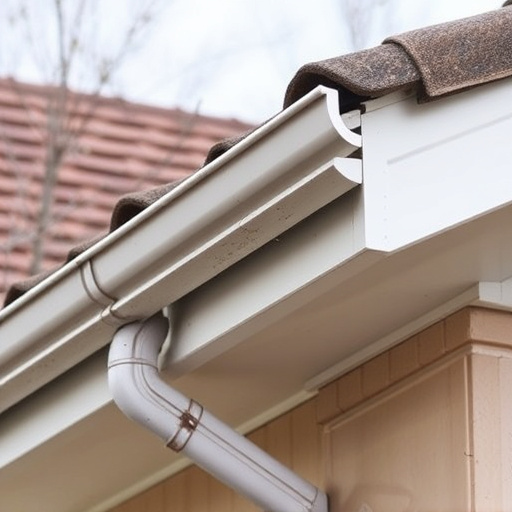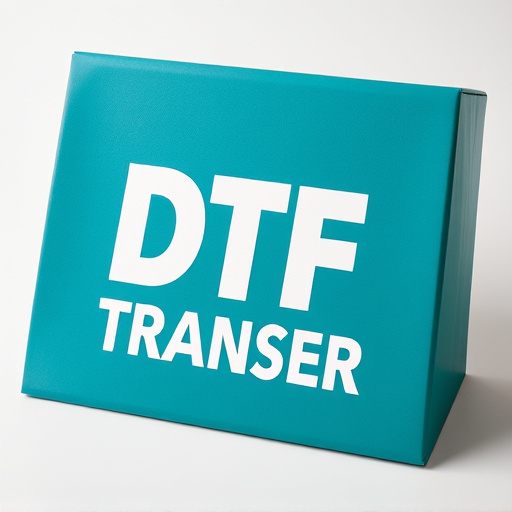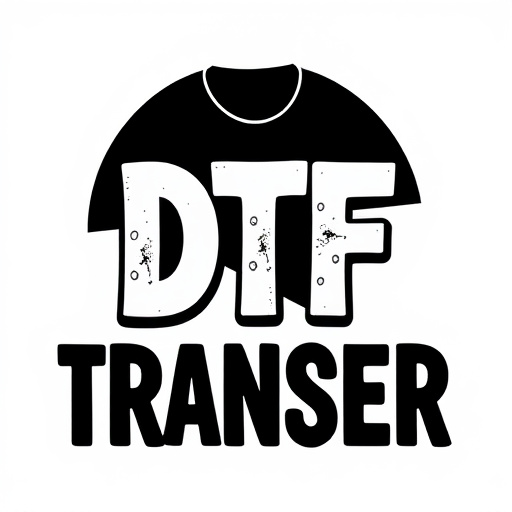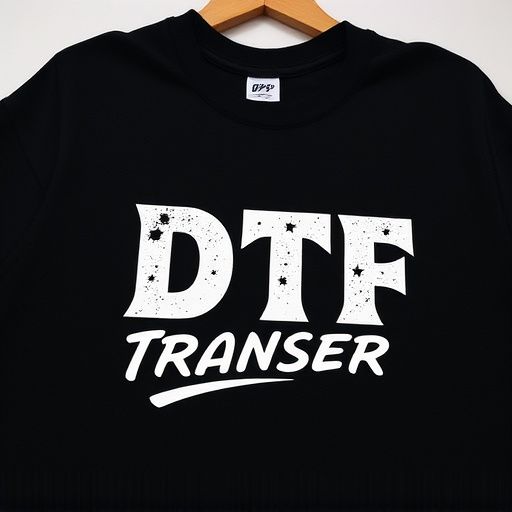Direct-to-Film (DTF) transfer printing is a game-changer in garment production, offering swift, cost-effective, and creative alternatives to traditional screen printing. DTF excels in color accuracy, vibrant prints, and versatility across materials, with faster production times and no upfront equipment costs. While traditional screen printing provides superior color vibrancy and opacity for large-scale production, DTF is ideal for small batches, intricate designs, and on-demand prints, revolutionizing custom apparel and merchandise.
In the ever-evolving world of printing, Direct-to-Film (DTF) transfer has emerged as a modern alternative to traditional screen printing. This innovative method promises faster turnaround times and enhanced precision, particularly for complex designs. However, traditional screen printing remains a tried-and-true method with its own advantages.
This article delves into the intricacies of both techniques, comparing their quality, efficiency, cost, and ideal applications. Whether you’re a print professional or a design enthusiast, understanding DTF transfer and traditional printing will help you make informed choices for your next project.
- Understanding Direct-to-Film (DTF) Transfer: A Modern Approach
- Traditional Screen Printing: The Classic Method
- DTF vs Traditional: Quality and Precision Comparison
- Turnaround Time and Efficiency: Who Comes Out On Top?
- Cost Analysis: Budget Considerations for DTF and Traditional Printing
- Applications: Where DTF Prints Shine and Traditional Methods Persist
Understanding Direct-to-Film (DTF) Transfer: A Modern Approach
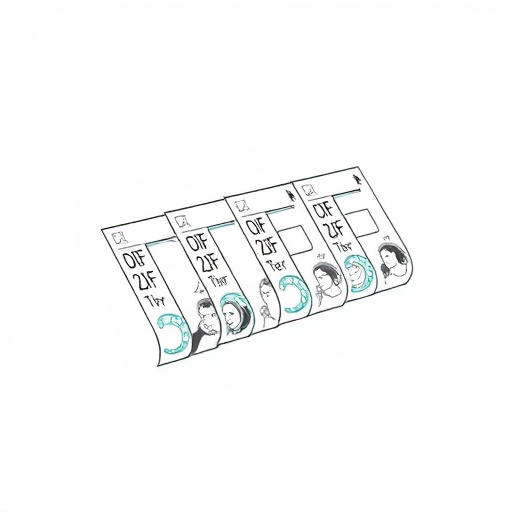
Direct-to-Film (DTF) transfer is a modern approach to printing that has revolutionized the way we create custom garments and fabrics. Unlike traditional screen printing, which involves setting up individual screens for each design color, DTF uses a digital image that is directly printed onto a film, which is then transferred onto the substrate material. This method offers several advantages, including faster production times, lower minimum order quantities, and virtually unlimited design possibilities.
DTF printing is particularly appealing for small businesses and entrepreneurs looking to launch their clothing lines or custom merchandise. With DTF, you can easily produce on-demand prints, adapt to changing trends, and offer unique designs without the need for extensive upfront equipment investment. Moreover, DTF transfer technology provides excellent color accuracy, vibrant prints, and a wide range of applicable materials, making it a versatile option for both indoor and outdoor use.
Traditional Screen Printing: The Classic Method
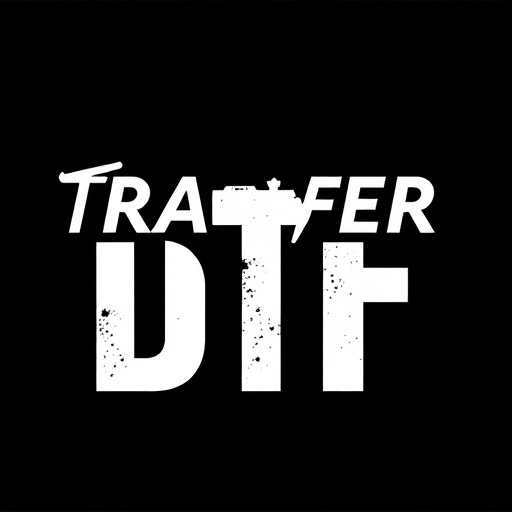
Traditional screen printing has been a classic method for creating prints and designs on various surfaces for decades. This process involves setting up a screen, typically made of silk or synthetic materials, with a fine mesh. The design is then precisely printed by forcing ink through the open areas of the screen onto the desired substrate, such as fabric, paper, or wood. This technique requires skilled artisans who hand-cut and expose the screens, ensuring each print is a unique, handmade artwork.
In the DTF (Direct-to-Film) transfer method, the process becomes more streamlined and efficient. DTF printing involves applying a special DTF transfer film to the screen, which acts as a temporary carrier for the design. The ink is then pushed through the screen onto the substrate, adhering to its surface. This modern approach offers faster production times and consistent quality, making it popular for creating high-volume DTF prints without sacrificing the intricate details often associated with traditional screen printing.
DTF vs Traditional: Quality and Precision Comparison

Direct-to-film (DTF) printing and traditional screen printing are two distinct methods with unique advantages and drawbacks when it comes to quality and precision. In terms of detail and sharpness, DTF transfers often excel, delivering crisp images and fine lines that are difficult to achieve with traditional techniques. This makes DTF particularly appealing for intricate designs and high-resolution graphics.
However, traditional screen printing has its own strengths. It offers exceptional color vibrancy and opacity, which can be beneficial for bold, eye-catching prints. Moreover, the process is more versatile when it comes to printing on various materials, including fabric, wood, and metal. While DTF prints might suffer from slight variations in tone across different substrates, screen printing consistently produces uniform colors regardless of the material, making it a preferred choice for mass production and custom items that require consistent quality.
Turnaround Time and Efficiency: Who Comes Out On Top?

When comparing direct-to-film (DTF) transfer to traditional screen printing, turnaround time is a significant factor. DTF printing offers a considerable advantage in this regard. The process involves transferring an image directly onto a substrate using heat and pressure, eliminating the need for setting up a physical screen frame. This streamlines the production process, allowing for faster creation of DTF prints. With traditional screen printing, preparing screens takes time, and each color requires separate screening, leading to longer production times, especially for complex designs.
Efficiency-wise, DTF transfer excels due to its ability to produce high-quality prints swiftly. It’s particularly beneficial for small batch productions or custom orders where quick turnaround is essential. In contrast, screen printing while versatile and suitable for larger runs, can be less efficient for smaller projects due to setup costs and the time invested in setting up each screen. DTF printing’s efficiency lies in its direct application, making it a compelling choice for those seeking swift production without sacrificing quality, especially when employing modern DTF transfer technologies.
Cost Analysis: Budget Considerations for DTF and Traditional Printing
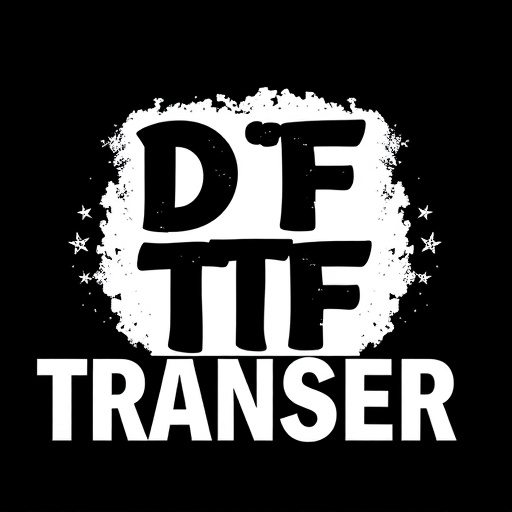
Direct-to-film (DTF) printing and traditional screen printing methods have distinct cost implications that businesses must consider when choosing a production approach. The initial setup costs for DTF often include acquiring specialized equipment, which can be a significant investment. However, this technology streamlines the process by eliminating the need for separate plates or screens, reducing material waste, and simplifying the design transfer process. As a result, DTF printing may have lower per-print costs, especially for smaller runs or complex designs with intricate details.
In contrast, traditional screen printing has long been recognized as a cost-effective method for large-scale production. While the initial setup involves creating screens, which can be time-consuming and expensive, the process becomes more economical as the order volume increases. However, this method is less flexible when dealing with custom designs or smaller batches, potentially leading to higher costs per print. When comparing DTF transfers and traditional prints, businesses should weigh these budget considerations against their specific production needs and target market size.
Applications: Where DTF Prints Shine and Traditional Methods Persist
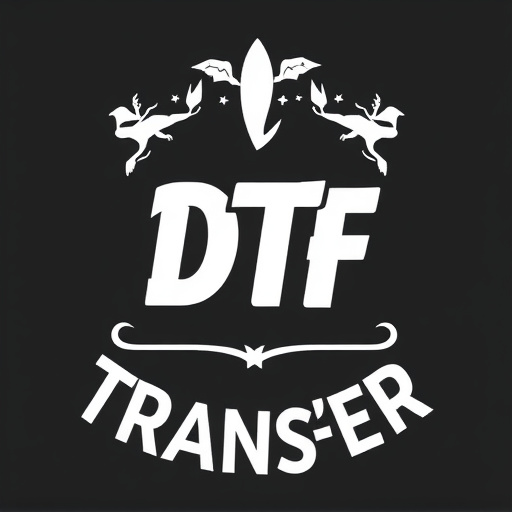
Direct-to-film (DTF) printing has emerged as a game-changer in the textile printing industry, offering unique advantages in specific applications. One area where DTF prints truly shine is custom apparel and on-demand printing. With the rise of e-commerce and personalized products, DTF allows for quick turnaround times and the ability to print intricate designs directly onto various fabrics without the need for screens. This method is ideal for small batch productions, allowing businesses to cater to individual customer preferences efficiently.
On the other hand, traditional screen printing remains prevalent in commercial and high-volume printing scenarios. It offers exceptional durability and vibrant colors, making it suitable for creating long-lasting prints on items like billboards, posters, and large outdoor banners. Screen printing is also valued for its versatility, capable of handling various print mediums and surfaces, ensuring consistent quality across different projects. While DTF transfers might dominate personalized merchandise, traditional screen printing continues to be the go-to method for mass production and large-scale advertising campaigns.


